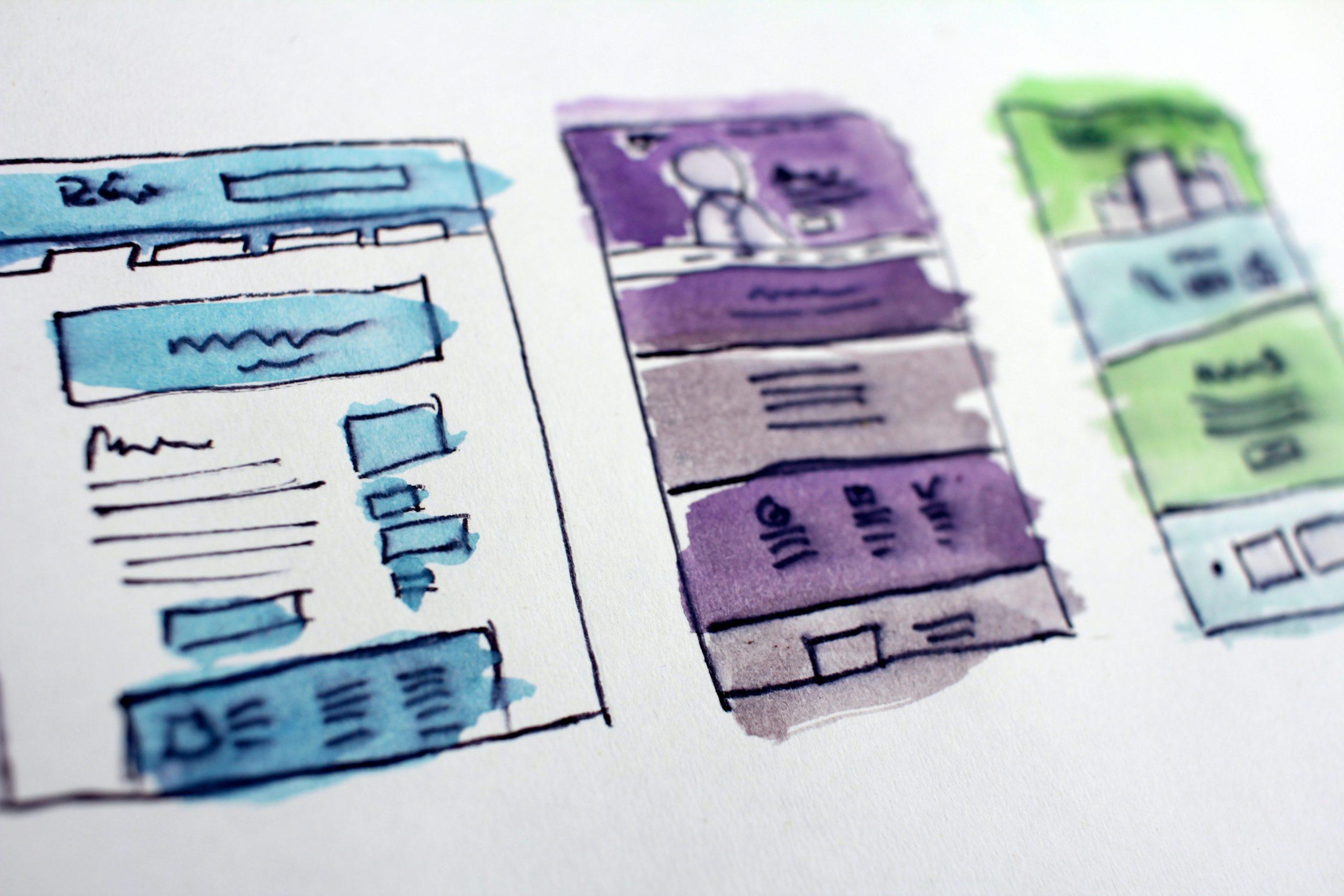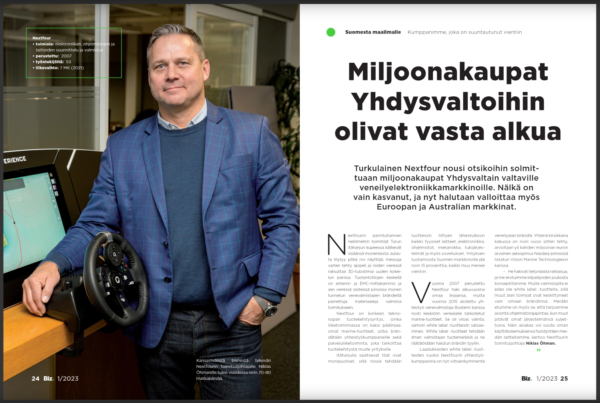We keep accessibility in mind during all our design processes. It’s important to design services and products that everyone can use and feel like a full member of society. We wrote this article to raise more awareness on the importance of this topic.
But what is accessibility and how it works in practice?
Accessibility in digital services means that the service is usable for all people regardless of their disabilities or traits, such as age or their ability to see or hear. Good accessibility demands that these different user needs are recognized and noticed.
“At Nextfour, accessibility is very much in the core of our design. Good accessibility not only allows the product to be used by a larger audience, but it also translates into better usability for everyone”, says Nextfour’s UI and UX designer Niklas Drugge.
The EU accessibility directive entered into force in December of 2016 and had to be implemented nationally by the 23rd of September in 2018. This was a huge leap towards the positive in the design field since a whopping 15% of the world’s population can’t use web services as they haven’t been designed right. That’s over a billion people! The directive concerns the public administration but the topic of accessibility has been on the surface ever since.
Building accessibility into the design process
By understanding that accessibility is about more than just optimizing your code, you’ll find you can build it into your design process. This will ensure you are taking a disability advocacy approach, and keeping the focus on your users throughout the development process.
“Designing for accessibility means utilizing the best accessibility practises and guidelines. For that, there are plenty of resources available, but the most common and often used is the WCAG (Web Content Accessibility Guidelines). For example, accessibility through colours, contrasts, text styles or UI elements, is something that can and should be considered in every digital product”, Drugge adds.
Every user benefits from accessibility. By taking this path in your design process you are not only gaining more users but improving equality for all and that’s what’s most important.




